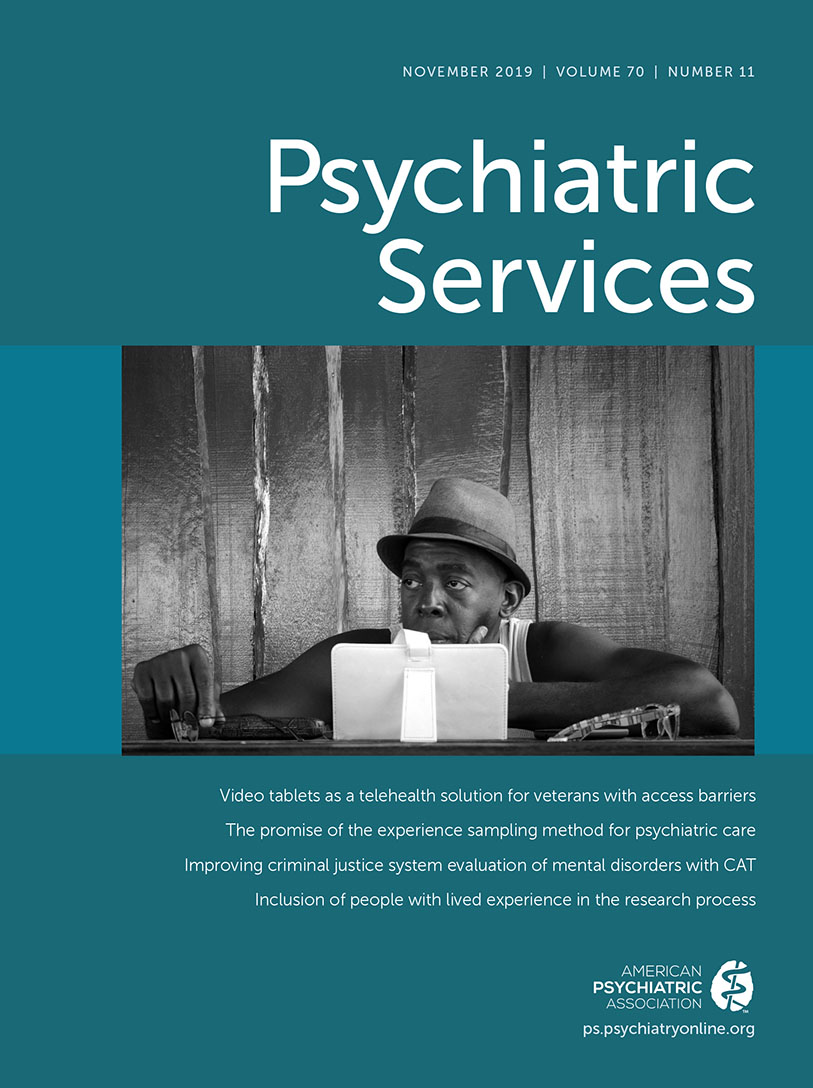Suicidality and the Onset of Homelessness: Evidence for a Temporal Association From VHA Treatment Records
Abstract
Objective:
This study examined the temporal sequencing of a first-recorded episode of homelessness and treatment for suicidal ideation or attempt.
Methods:
Data were from the U.S. Department of Veterans Affairs Corporate Data Warehouse and contained medical records of service use dates and associated ICD codes for care provided by the Veterans Health Administration. The analysis examined treatment for suicidality before and after a first record of homelessness (“onset”) among 152,519 veterans. The second analysis examined the rate of treatment for suicidality among 156,288 veterans with any indication of homelessness. The third analysis examined the rate of homelessness among 145,770 veterans with indication of suicidality.
Results:
Among newly homeless veterans, treatment for suicidality peaked just before onset of homelessness. Thirteen percent of homeless veterans had evidence of suicidality. Twenty-nine percent of veterans with evidence of suicidality appeared to have concurrent homelessness.
Conclusions:
Homelessness should be considered a primary risk factor for suicidality.




